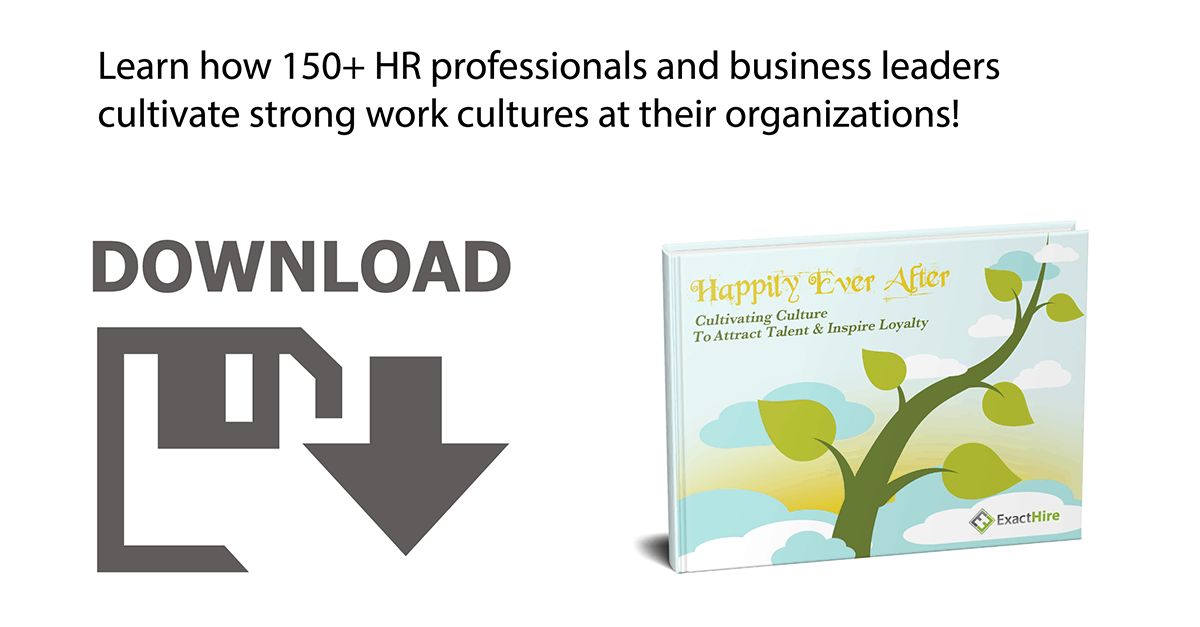How Is Onboarding Related To Employee Retention?
Employers are facing more challenges than ever as they march into 2021. The pandemic, social unrest, and the general chaos of the past year have brought otherwise healthy companies to the brink, while decimating others that were unstable in the best of times. Our turbulent and uncertain era has illustrated one truth: the corporations that succeed will be the ones that don’t waste their financial resources.
Yet, decision makers often ignore a hidden siphon draining their financial reservoirs: high employee turnover. In terms of lost time, productivity, and resources, every employee that voluntarily leaves costs the company about 15 percent of their annual salary. That means a company loses $7,500 when an employee with a $50,000 salary quits. That percentage goes up when that employee has been with the company for less than a year. When the average company loses a third of such new hires, the losses eat away at the margins needed to weather unforeseen forces such as a pandemic.
You can’t change the news headlines. Luckily, there is plenty you can do to reduce unwanted employee turnover. The best place to start is with a robust and comprehensive employee onboarding process.
Importance Of Employee Onboarding
Onboarding in the workplace, whether positive or negative, creates a powerful impression in the minds of new hires. During those critical first days and months, new hires decide whether they will remain committed to their role or regret taking the position.
You invested time, energy, and money into wooing the perfect candidate. But if your onboarding process is chaotic, overwhelming, and disorganized, your dazzling new hire will be browsing online job boards before he has completed his W-4.
As you probably experienced during the hiring process, finding the right talent is a growing challenge. Eighty-three percent of companies agree: desirable, qualified applicants are harder to come by. There simply aren’t enough workers with the right education and skill set. The talent shortage is three times higher than it was just ten years ago, according to CNBC.
According to the Work Institute, “the escalating competition for workers and a shrinking talent pool are coming together, intensifying an employee-in-control marketplace.” With the job market tipped in favor of applicants, the last thing you want to do is send your lucky catch back to the job pool where you’ll be forced to cast your net again. Onboarding statistics show that the work of retaining valuable new hires begins on their first day.
The importance of employee onboarding becomes clear when you recognize its ability to dramatically reduce the stream of unhappy employees heading to the exit door. Done correctly, onboarding can reinforce your company’s image as being a well-managed employer with clear expectations that empowers employees and provides them with the support they need to succeed.
Employee Onboarding Statistics
Estimates vary as to what employee turnover costs companies. The Work Institute uses a modest estimate of 33 percent of an employee’s salary. When a recently hired employee decides to leave, the company loses thousands of dollars.
But a high turnover rate doesn’t just affect the costs associated with that one position. Organizations that habitually lose talent experience lower performance across the company. Low retention rates adversely affect morale and undermine the cohesiveness of the team. Your best employees often pay the price as their frustrations mount with an increasing workload.
Given the cascading effects of high employee turnover, it isn’t surprising that, since 2010, there has been a 46 percent increase in voluntary employee resignations. A third of these resignations happen before the employee’s first anniversary. First-year resignations are not only the most common contributors to turnover, they are also the most costly. It takes several months for employees to be productive enough to begin to offset the cost of their hiring and training.
Employee onboarding statistics 2020 show onboarding is your best chance to inspire new hires to stick around past their first anniversary, when their retention rate will dramatically increase. Your new hires feel understandably anxious about their new job. Not only do they want to do well, they want to be reassured that they’ve chosen the right company in which to excel. A well-designed onboarding process will let them know how they fit into their new role and how your organization fits into their long-term goals.
Despite the crucial role of those first days and weeks in a new employee’s longevity, Gallup onboarding statistics show that only 12 percent of employees feel their employer nails the onboarding process. Perhaps that is why, as employees plan their future, employee onboarding statistics tell us that 51 percent of those currently employed are looking for a new job.
Benefits Of Employee Onboarding
The benefits of onboarding don’t stop with employee retention. With the right process in place, your new hires will know more quickly what is expected of them. The early investment you make in their career within your company will pay dividends when they become independent and productive. Committed and motivated employees work harder, are more efficient, and have lower absenteeism.
When it comes to improving the employee onboarding process, the benefits of onboarding checklists can’t be ignored. Automating your checklist can be done within onboarding software so you make sure all of your new hires receive the information and training they need to be successful. You’ll finally be able to customize your onboarding packets for each position and its corresponding location. Your new hires won’t be bombarded with information that is irrelevant to their role.
Well-organized employee onboarding will help you ensure that you’re following all federally mandated regulations for new hires. Digitized paperwork means fewer errors and it is more easily retrieved. Security protocols will ensure only the right staff can assess sensitive records.
The advantages of onboarding also include setting the bar high in terms of expectations for new hires. You’ll increase their confidence in the management of the company. They’ll also see your company as a place where they can learn and grow.
The work of putting together new hire packets for all of your potential open positions that take advantage of the many strategies to reduce employee turnover may seem like one of the disadvantages of onboarding. But when considering the benefits of onboarding, survey how your current retention rates may be hurting your organization’s goals.
Employee Onboarding Reduces Employee Turnover
Once you realize its financial impact, you can begin thinking about how to reduce employee turnover through robust retention strategies.
Understanding why employees leave is the first step in managing employee turnover and retention. When employers wonder how to reduce employee turnover in industries as different as manufacturing and healthcare, the Work Institute found that the answers are similar.
The top four reasons employees leave a company are career development, work environment, management behavior, and job characteristics. Employees get their first taste of all four areas of concern during the onboarding process. Strategies to reduce employee turnover begin with onboarding.
Concern over career development is the most cited reason employees give for leaving their jobs. With employee onboarding software, you can present new hires with digitized training and online video tutorials at just the right moment to support them as they learn their new roles. You can create a checklist or schedule of training. You can even use triggers so that a training video won’t appear until the right time so that your new hires aren’t overwhelmed. When new employees are provided the information they need to succeed, they’ll feel that your company will meet their career development needs.
Employee onboarding is the perfect time to take control of your company’s culture and work environment. Task a new hire’s coworkers with various aspects of her orientation. You can even do this during the pandemic by having coworkers record a welcome video or schedule a virtual get-to-know-you meeting with their new colleague. By taking the helm of your company’s culture, you’ll create a pleasant work environment for your new hires and strengthen your team’s cohesiveness.
A comprehensive onboarding process helps managers understand what is expected of them as they welcome a new employee. Now is the time for managers to get to know their new team member. Knowing a bit about the new hire’s home life can help the management team mitigate another reason for employee turnover: work-life balance. Managers can also use employee onboarding to clearly set forth the expectations they have for the new hire and identify ways to help the new hire succeed.
Employee onboarding software will allow you to easily create customized new hire packets for each position. Armed with a packet that contains comprehensive and relevant information, your new employee can be comfortable in his or her new role.
The right employee onboarding process will create a good first impression in those retention areas: career development, work environment, management behavior, and job characteristics. Getting the impression right from the start will reduce employee turnover.
Impact Of Employee Onboarding
The travails of 2020 may have been unpredictable, but employers have always had to contend with external circumstances when making hiring decisions. The silver lining of this past year may very well be the enduring lesson that employees should be valued like customers. The financial impact for treating them like cogs in the wheel can be devastating when the world’s chaos starts circling your business.
You can avoid the often hidden, though significant, financial losses of high employee turnover. Done correctly, onboarding can lead to reduced employee turnover, meaning better margins and productivity. The best time to double-down your efforts to keep your talent is on their first day at work. Onboarding reduces turnover, increases your employees’ loyalty to your company, and inspires them to excel.
Photo by Campaign Creators on Unsplash



